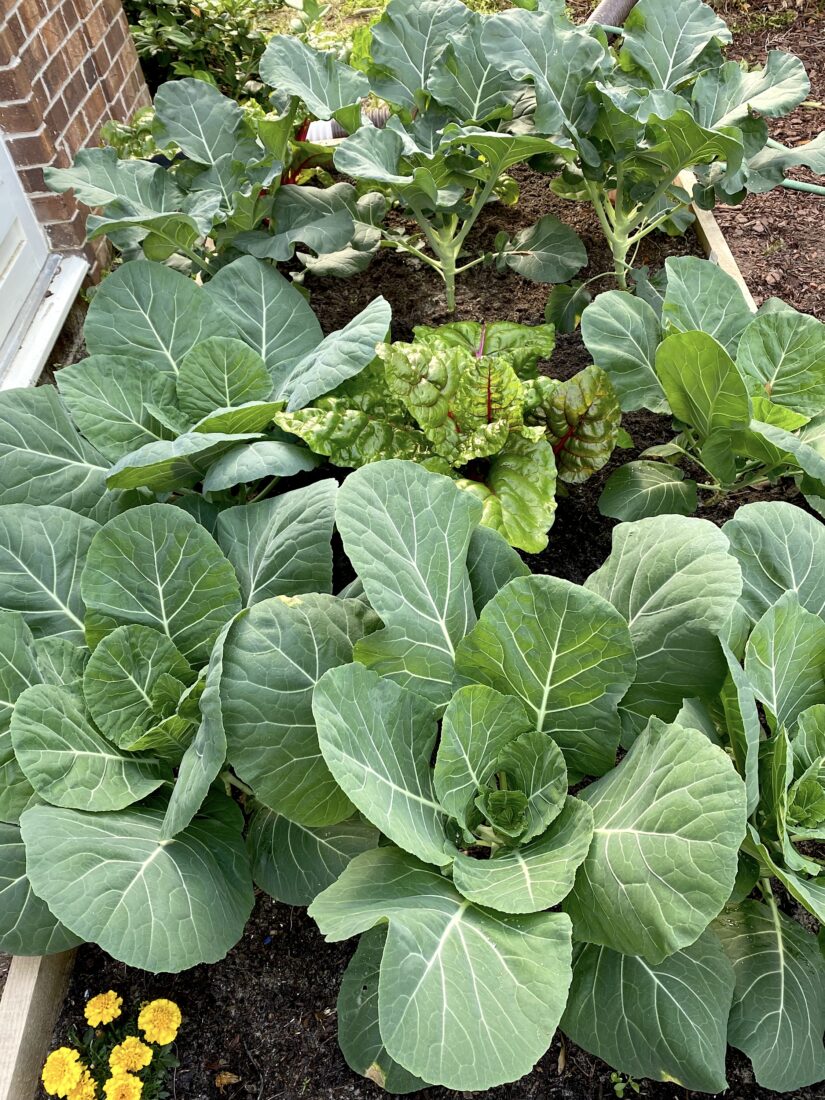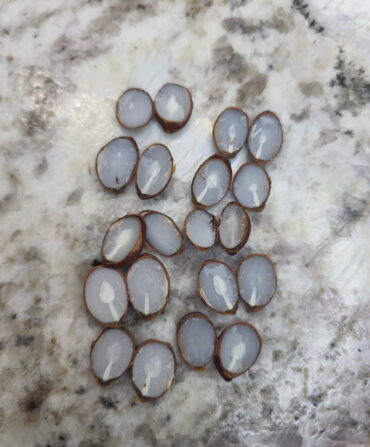Any serious eater of greens knows that collards, mustards, and turnips are sweeter after the first frost. It’s a Southern maxim you can taste to verify. Of course, that doesn’t stop cooks from stewing down a pot of greens at Easter, but they also might slip in a spoonful of sugar to chase after that peak winter flavor.

I confess I had never given much thought to the interior lives of greens or why they sweeten, counterintuitively, as the days grow shorter and temperatures dip. Sweetness to me meant sunshine and summer: a July peach that bruises when you look at it, blackberries that stain your fingers, watermelon sold from the bed of a pick-up truck.
But earlier this fall, I visited the much colder agricultural region of southern Quebec, where a maple farmer explained that his trees produce their trademark sugary sap as a defense mechanism against Canada’s frigid winters. Another farmer, already wearing green flannel in September, mentioned that he waits until after the first frost to harvest carrots, when the plants have produced enough sugar to protect their roots through winter.
That’s how, some five hundred miles north of the Mason-Dixon, chemistry, agronomy, and Southern greens culture all clicked into place for me. Sugar lowers water’s freezing point, and our greens selfishly produce their own antifreeze to survive the winter. As for the common-sense knowledge passed down by my mustard-loyal neighbor and your uncle, the one who delivers collards by the cooler, it’s backed by science.
Greens’ fall ritual
The crack of a shotgun at dawn, mums peacocking on front porches, Friday night lights: These rituals announce fall in the South. Leafy greens—from the big three to kale, cabbage, broccoli, and spinach—have their own customs. In warm weather, these plants-as-solar-panels convert the sun’s abundant energy into easily stored long-chain carbohydrates (aka starches). As temperatures cool, the plants begin to break down those starches into simpler sugars. Their cell walls, once filled with water, plump with a sweeter solution.
Winter-hardy plants gradually accumulate cold tolerance, explains Zachary Snipes, a horticulture extension agent for Clemson University. That way, by the time you have to light your fireplace, those greens you sowed eight weeks ago are swaddled in sugary safety—from the cold, but not the meat-and-three steam table.
“That first frost definitely sweetens them up, but the more frost greens get on them, the better,” Snipes says, “because they have more and more of that sugar in their tissues.”
The best time to plant
Snipes, who grew up in South Carolina’s Upstate, remembers his mamaw’s garden as a thick green wall. She broadcast a mixture of collard, turnip, and mustard seeds into a single plot and harvested, as needed, to thin the plants and fill her dinner pot. Collards and cornbread, he says, made for a meal at mamaw’s house. Traditionally she planted in spring and again in fall, usually around mid-September, to ensure her greens had matured by the time daylight grew scarcer. Depending on the region, Snipes says gardeners may want to plant as early as August. “If you wait until like November to plant, then you’re probably not going to have enough material to harvest,” he says. “The days are short, they’re cool, and the greens aren’t going to grow fast. That’s why we plant early—to get a jump on growth so they finish off when it’s cold.”
Beware of the bolt
Just as greens reach peak sweetness, though, they fall under the spell of the winter solstice and metamorphosize again. December 21, Snipes reminded me, is the shortest day of the year, and the combined stresses of low light and cold weather signals to plants that it’s time to bolt. Greens switch from personal to species-wide survival mode; they flower and go to seed. “It’s a ticking time bomb,” says Snipes. “Once greens go from vegetative to reproductive, it’s over. The tissue becomes bitter, just unpalatable.”
Why we eat greens at New Year’s
Ideally farmers harvest their greens right before they bolt. In the South, that usually means near the year’s end, when they’ll accompany Christmas hams and pots of black-eyed peas on New Year’s Day. As superstition has it, greens represent money, and eating them on January 1 promises a prosperous year. But the tradition, Snipes suspects, arose for more practical reasons. “I think a lot of people have lost touch with why we eat greens when we do,” he says. “Yeah, they bring luck and all that, but really, farmers were probably trying to get them out of the field.”








